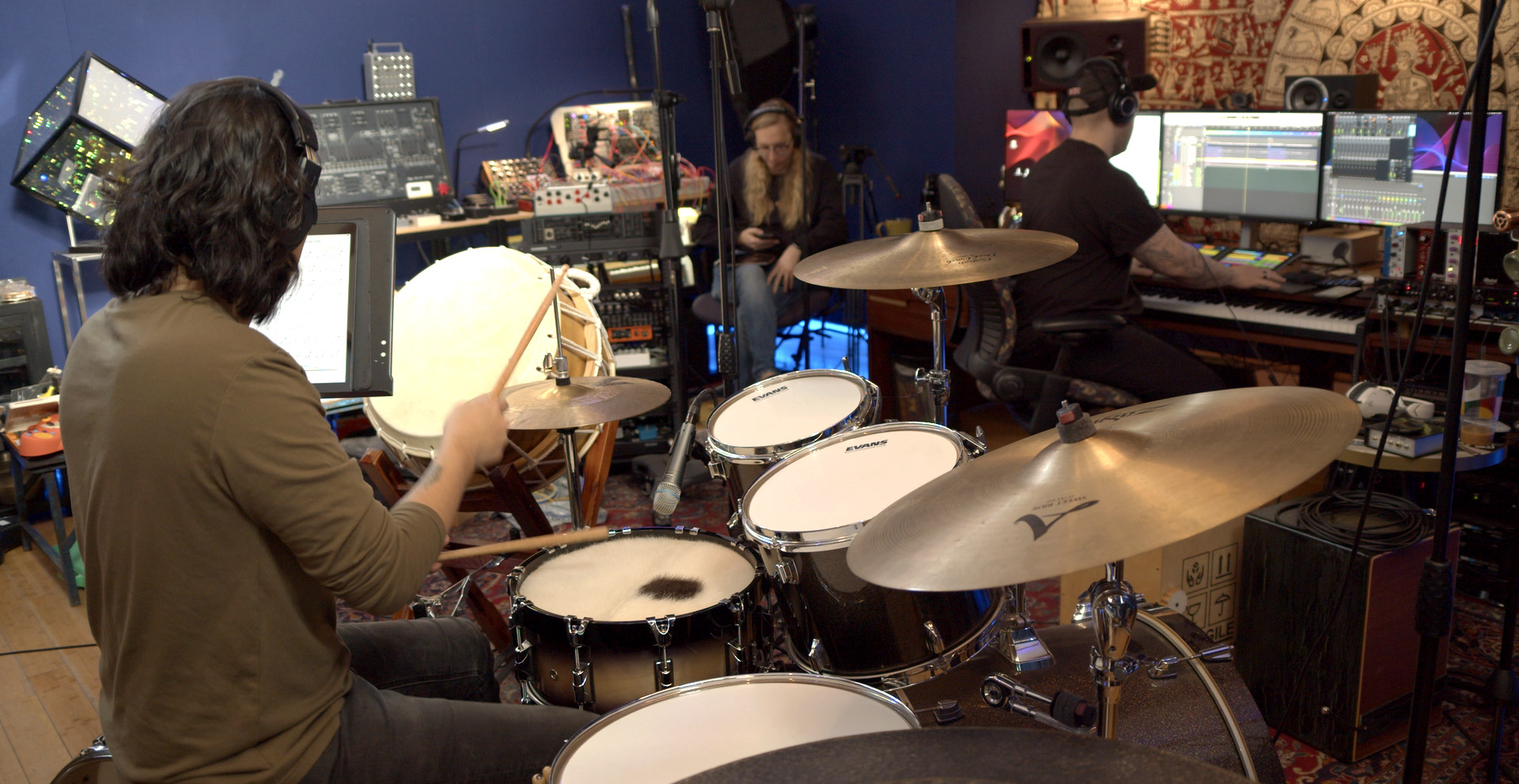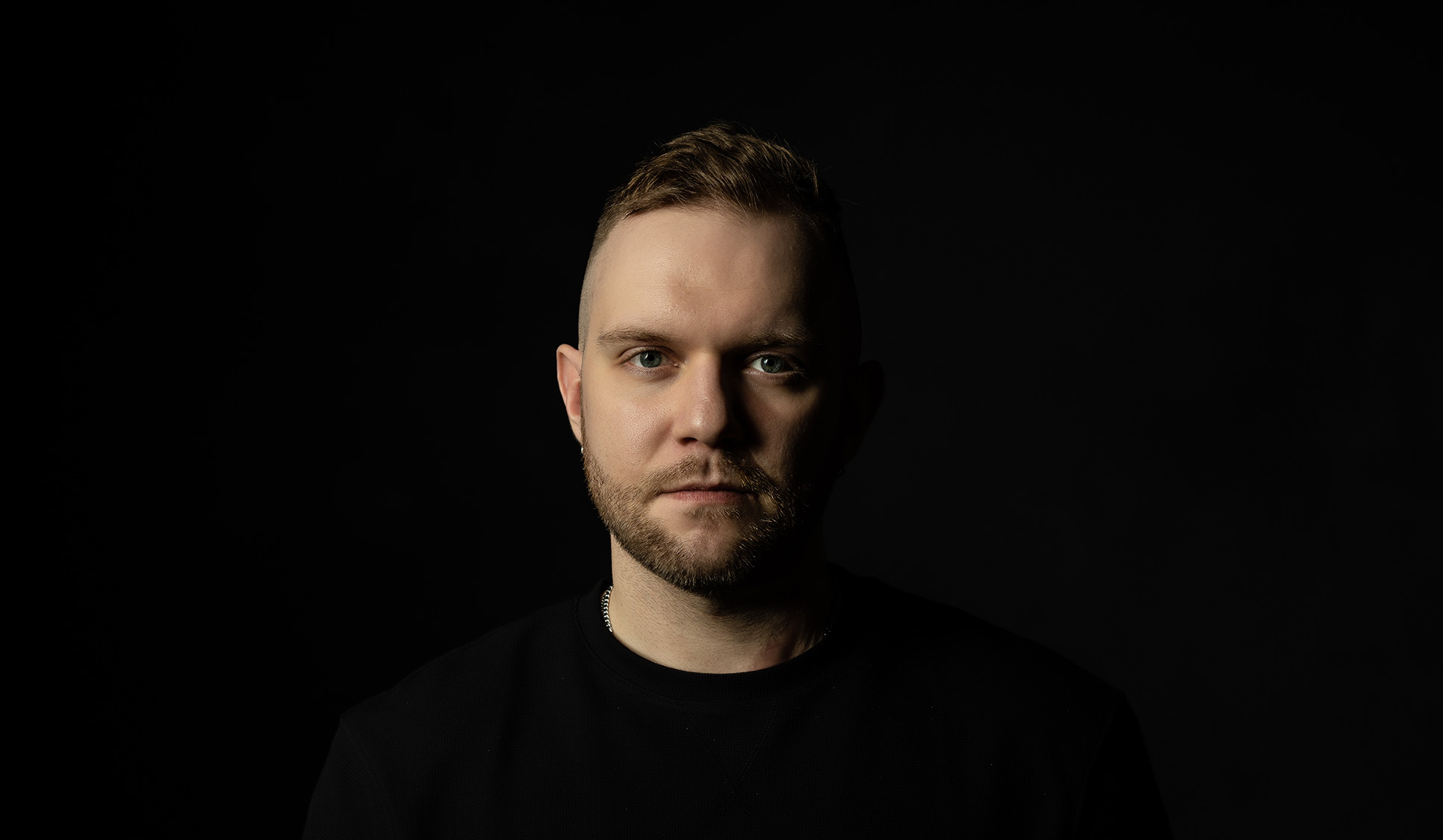
Cody Matthew Johnson is a renowned music producer, songwriter, and composer with a portfolio that includes many high-profile video games including Star Wars Outlaws, Bayonetta 3 and Devil May Cry 5.
A dedication to his craft and an inspiring commitment to the audio industry have solidified his reputation as a leading figure in the field. His distinctive blend of contemporary styles has made him a sought-after talent for some of the world’s largest video game titles and franchises, and he gives lectures at video game, technology and music conferences around the world. Johnson’s creative work has garnered critical acclaim, receiving numerous nominations and awards including those from The Game Awards, SXSW Gaming Awards and Game Audio Network Guild Awards. He also is the CEO and Co-Founder of Emperia Group, a multi-division full stack interactive audio solutions company that includes Emperia Sound and Music and Emperia Records.
Featuring many tracks heard in Lucasfilm Ltd and Massive Entertainment‘s recent Star Wars Outlaws game, Cody composed the music on Songs from the Underworld (Original Music from Star Wars Outlaws) which was released alongside one of the year’s most exciting video games. As massive Star Wars fans ourselves we were thrilled to get the opportunity to talk with Cody about his involvement in this incredible project!
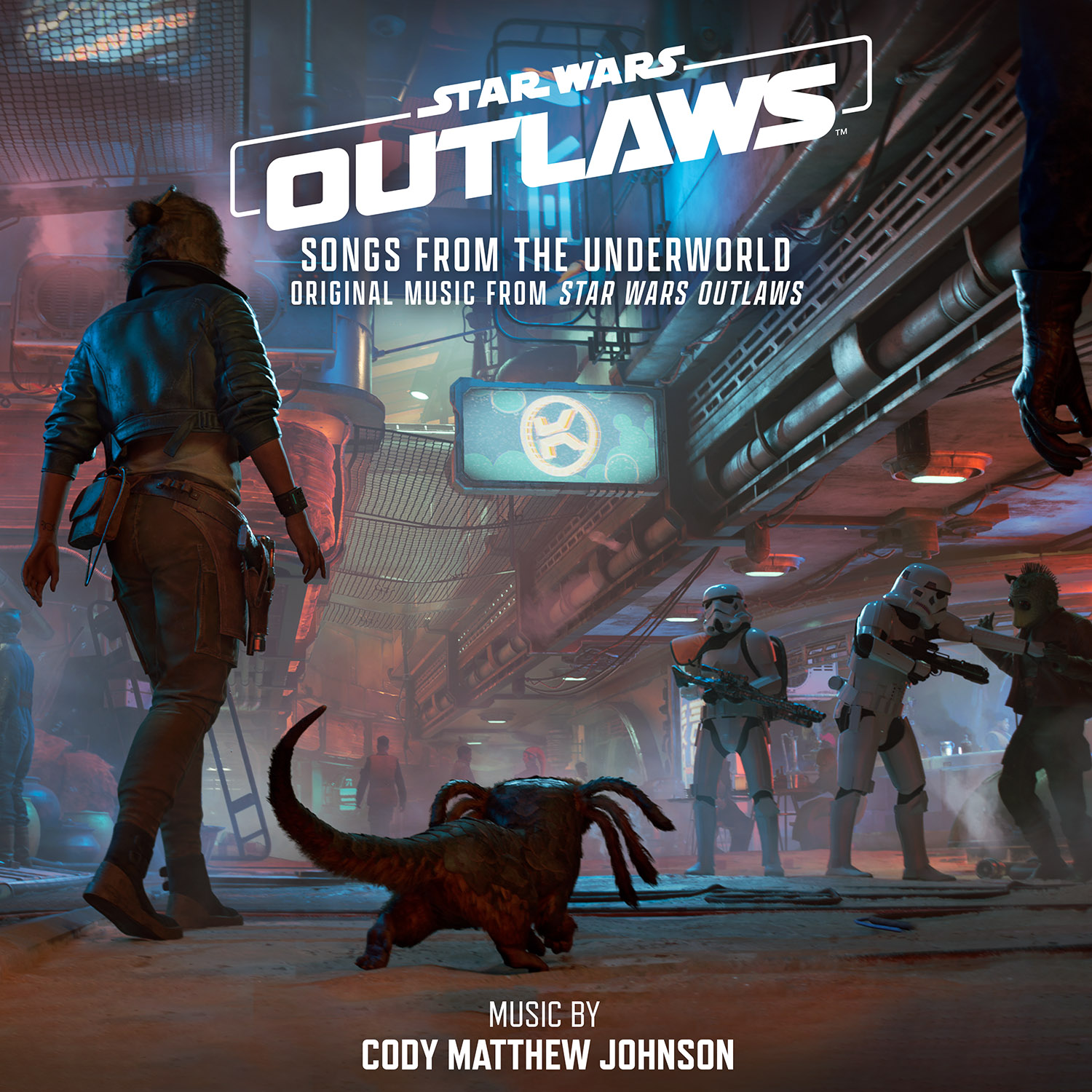
Q) Hi Cody, thanks for taking the time to speak with LiquidSonics. We recently heard from Jeff Rona with whom you’re a co-founder at Emperia Sound & Music. He explained how your early work together had a heavy rock angle – so what were your early musical influences and how did you find yourself composing music in such a wide variety of genres?
CODY: Thrilled to chat with you today! The heavier side of music is certainly alive and well in my musical soul, it’s true – no lies were given – but my musical journey and influences are quite varied and I’m grateful for it. Having such a diverse background opened many doors for me as I’ve built a career for myself.
In the early days as a wee lad I was surrounded by family that was quite musically inclined – multi-generation trumpet players, my dad was a rock’n’roll singer, my uncle an accomplished pianist who attended Julliard and travelled with the New York Philharmonic and Opera, and my older brothers picked up instruments as well. I was initially pressured to play two instruments: trumpet as my brother, my dad, and his dad had; and bass guitar because it was the only instrument not already covered by my older brothers who played guitar and drums. From there I fell in love with anything I could get my hands on in my small country-side town: choir, a cappella, piano, marching band, songwriting, and after a car accident at 15, my embouchure for trumpet was damaged and I turned to producing music, conducting, music direction, jazz bass guitar – the same mentality held true, anything I could get my hands on.
From there I met a guitarist in Erie who talked about the music scene in LA and in my naivete, I decided to pack up my life and go to Los Angeles. I started in LA producing music for myself as an artist, writing, performing, and producing music for my own bands as well as other artists, and then sort of fell into a media scoring program at Musicians Institute where I realized producing and composer media music was the culmination of all of these strangely diverse and esoteric musical skills and genres I’ve picked up along the way.

Q) A portfolio including the likes of Devil May Cry 5, Resident Evil 2 and Marvel vs. Capcom: Infinite is already impressive but you must know you’ve accomplished something extra special when your new album unlocks the Star Wars lightsaber playhead Easter Egg in Spotify, right?
CODY: What a pleasant surprise!! Don’t get me wrong, Devil May Cry, Resident Evil, and Marvel vs. Capcom are all titles I spent so much time with as a kid (moreso Marvel vs. Capcom than the others!), but there’s something very culturally significant about Star Wars. Still actively pinching myself that the playhead on Spotify is a lightsaber. The legacy of something like composing music for Star Wars didn’t quite cross my mind until long after the music was done – I was solely focused on making the best music for the game and the worlds of Star Wars that it lets us as the audience explore. Seeing the lightsaber playhead reminds the child in me to appreciate this moment.
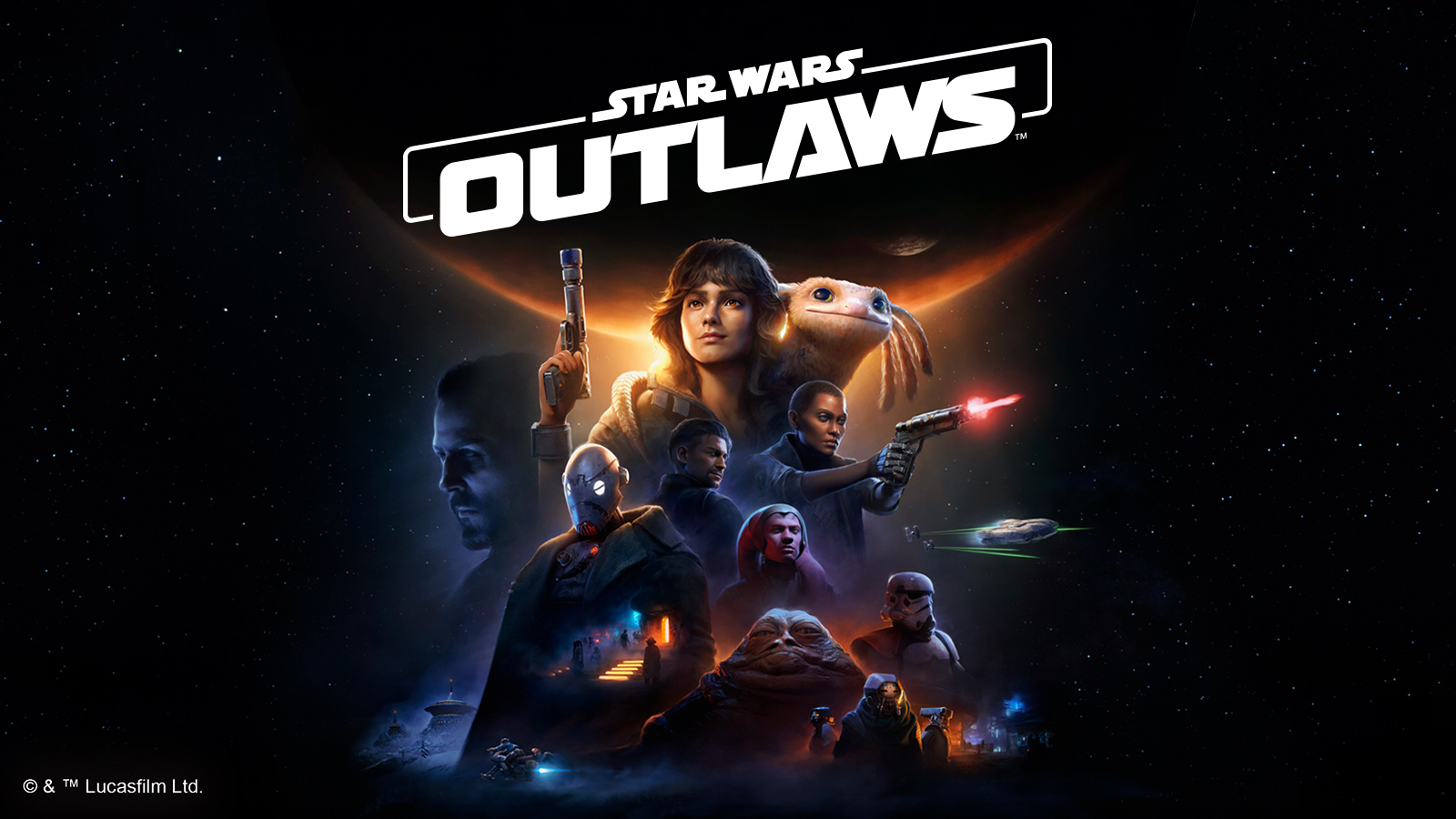 Q) So how did you land the gig writing music for Massive Entertainment’s Star Wars Outlaws game? Were you knocking down the doors or did they come calling?
Q) So how did you land the gig writing music for Massive Entertainment’s Star Wars Outlaws game? Were you knocking down the doors or did they come calling?
CODY: After completing work on Marvel vs. Capcom: Infinite, Devil May Cry 5, and then Resident Evil 2, I decided to pivot my career solely into games in 2019. Around this time Wilbert Roget, II and I became acquaintances online and when he visited Los Angeles for 2019’s E3 we connected and have been good friends since! Having been a massive fan of Will’s work while at LucasArts, on Lara Croft and the Temple of Osiris, and Call of Duty: WWII amongst many others, it was affirming to meet one of my heroes and simply be acknowledged, let alone become friends. We never talked about collaborating or working together for years until September 2022 when he gave me a ring and asked me if I would be interested in joining a project, citing that given my history with songs and the wide variety of genres I can compose and produce, I would be the right fit to help on this project he’s on. I would do anything for Will so I agreed to help him and after a few heavily NDA-coded conversations with parties at Ubisoft and Massive, it was revealed the project was Star Wars Outlaws. I quickly realized I wasn’t helping Will on this project, he was helping me by bringing me on! There wasn’t a demo process, just conversations and the most creative trust across all parties. Lucasfilm trusted Ubisoft, Ubisoft trusted Will, Will trusted me, and thus ink was wet and I started producing 26 insane galactic pop songs.
Q) It’s a pretty big project, not many games come with two full album releases! We have your “Songs from the Underworld” and Wilbert Roget, II’s “Original Video Game Soundtrack”, two massive pieces of work for what was always destined to be a hotly anticipated game – no pressure! How did you and Massive scope out what was going to be needed for their vision of an open world game set in the Star Wars universe and divide up the work between you, Wilbert, and the other great contributors on the project including Jon Everist and Kazuma Jinnouchi?
CODY: I consistently make this joke that they locked me in the basement because across the music team I was definitely the most isolated in the sense that I worked directly with the team at Massive Entertainment, Ubisoft and I only discussed creative with Will occasionally to make sure the environmental score and themes were the appropriate balance of inspirationally similar but functionally separate. I can’t speak much about the scope for the in-world music, but when I joined there was an expectation of scope – we needed to establish an immersive in-game culture for each planet and the diegetic music was going to be a strong part of that goal. Each planet needed a rich and unique musical signature, but each song needed to feel like a unique musical artist or band. I was given great freedom to feel inspired by and explore the source material and make suggestions on how best to represent these cultures through music.
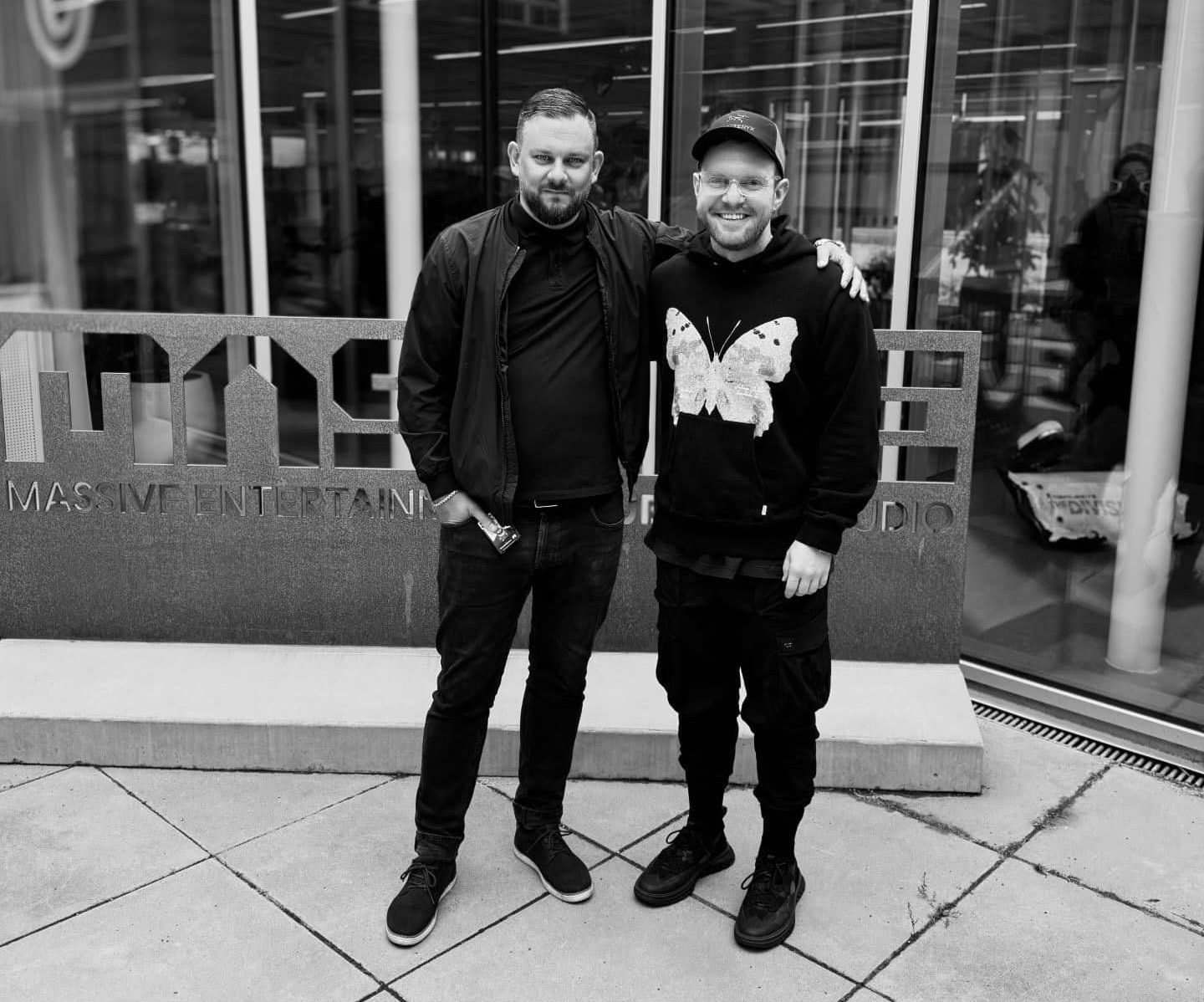
Q) Your album has a very diverse soundscape, drawing on musical influences that include industrial electronica, Latin, Arabic, with an eclectic mix of instruments some that sound truly unique. Where do some of those sounds actually come from and what inspired them?
CODY: On my first day of the project, I was given a “style guide” that included information, pictures, narrative overview, look and feel and more of not only each planet but specifically the cantinas too. I dig in pretty hard to the source and spend a long time in pre-production planning the semiotic denotations that I could put in the music. Star Wars has always been a careful balance of “terrestrial” and “out of this world” elements and each location is a blend of many different familiar terrestrial locations as well as unique pieces that feel unequivocally Star Wars. Similarly with the music, I looked to that style guide for inspiration – what cultures around the globe are included as part of the recipe for, say, Toshara, but also what are the naturally occurring resources here that could influence the music of this culture? What instruments could be made from the Amberine structures of Toshara? How does those fictitious instruments blend with the terrestrial influences in Toshara, such as the African savanna? Many of the singular instruments you hear are a combination of many different sounds, carefully crafting each element of the sound envelope (“ADSHR”) from several sounds and instruments.
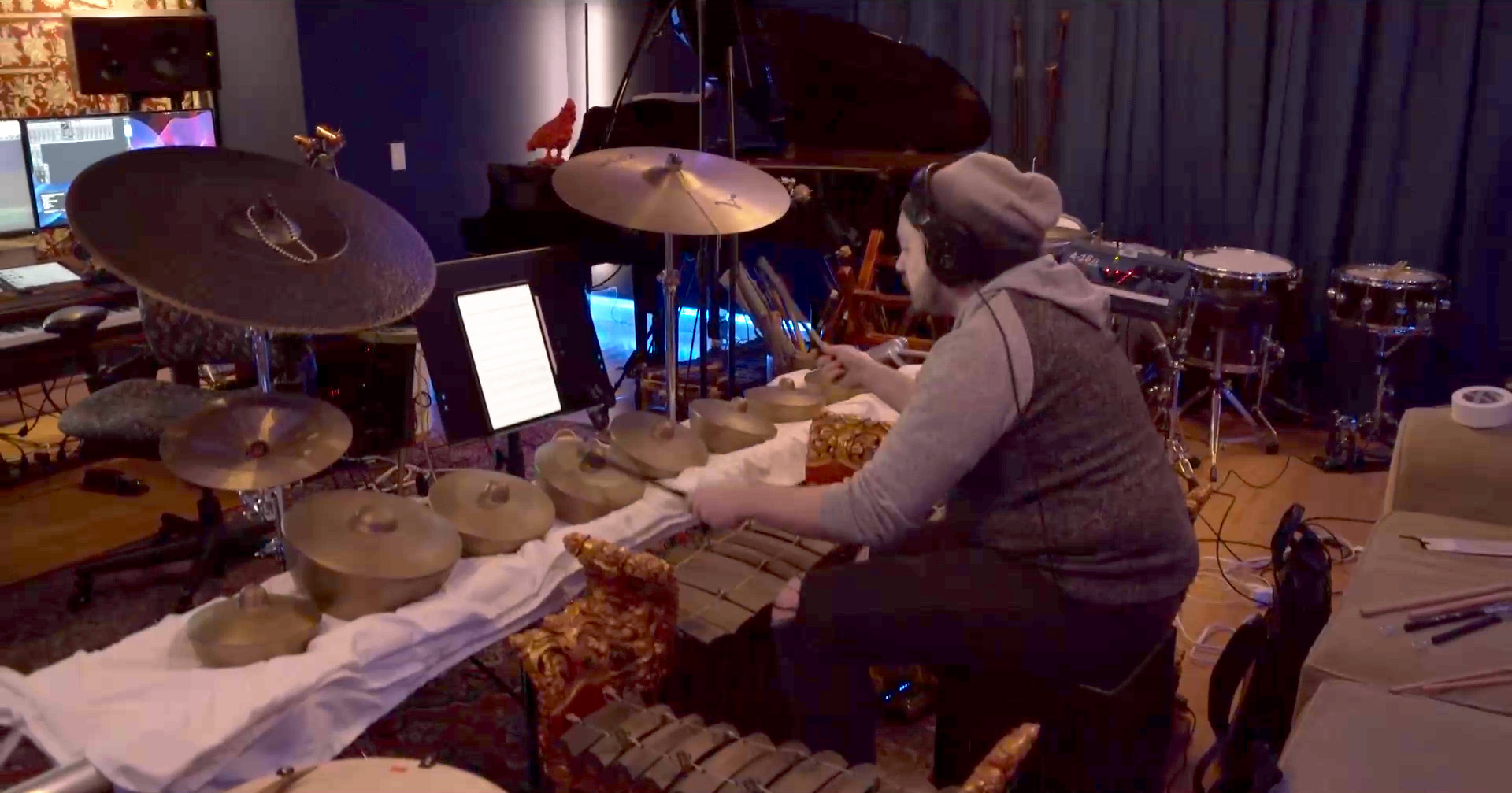
Q) The Star Wars universe is of course an incredibly diverse place, from the extreme poverty of desert dwelling tribes right up to the sleek excess and affluence of the Empire ruling deep space. So how do you make something that sounds unique, but rooted in the era of a game which is set between the events of The Empire Strikes Back and Return of the Jedi which come with established and very distinctive and recognisable locations and musical themes?
CODY: This game very much so calls back to the original trilogy, and though it’s set between Empire and ROTJ, which of course we had to acknowledge, the teams encouraged me to explore new musical ideas and cultures as this game expanded the story of Star Wars during that time. There are millions of planets in the Empire’s database, and the diegetic music in the original trilogy only explores a fraction of a fraction of those planets. In the new worlds we were free to explore new sounds and expressions of musical culture, but of course on Tatooine we had to pay homage to and be inspired by John Williams’ original cantina music without feeling derivative.
Technologically, I took this approach that “Outlaws” might not have the best recording equipment – maybe secondhand from a black market dealer or stolen from a wealthy socialite – and so I looked to recording technology that pre-dated the technology of the original sequel trilogy (late ‘70s and early ‘80s), recording with a mix of carbonphones, copperphones, rotary phones, and vintage preamps to capture a special vintage sound – they didn’t call for pristine recordings, this is music for and by Outlaws!
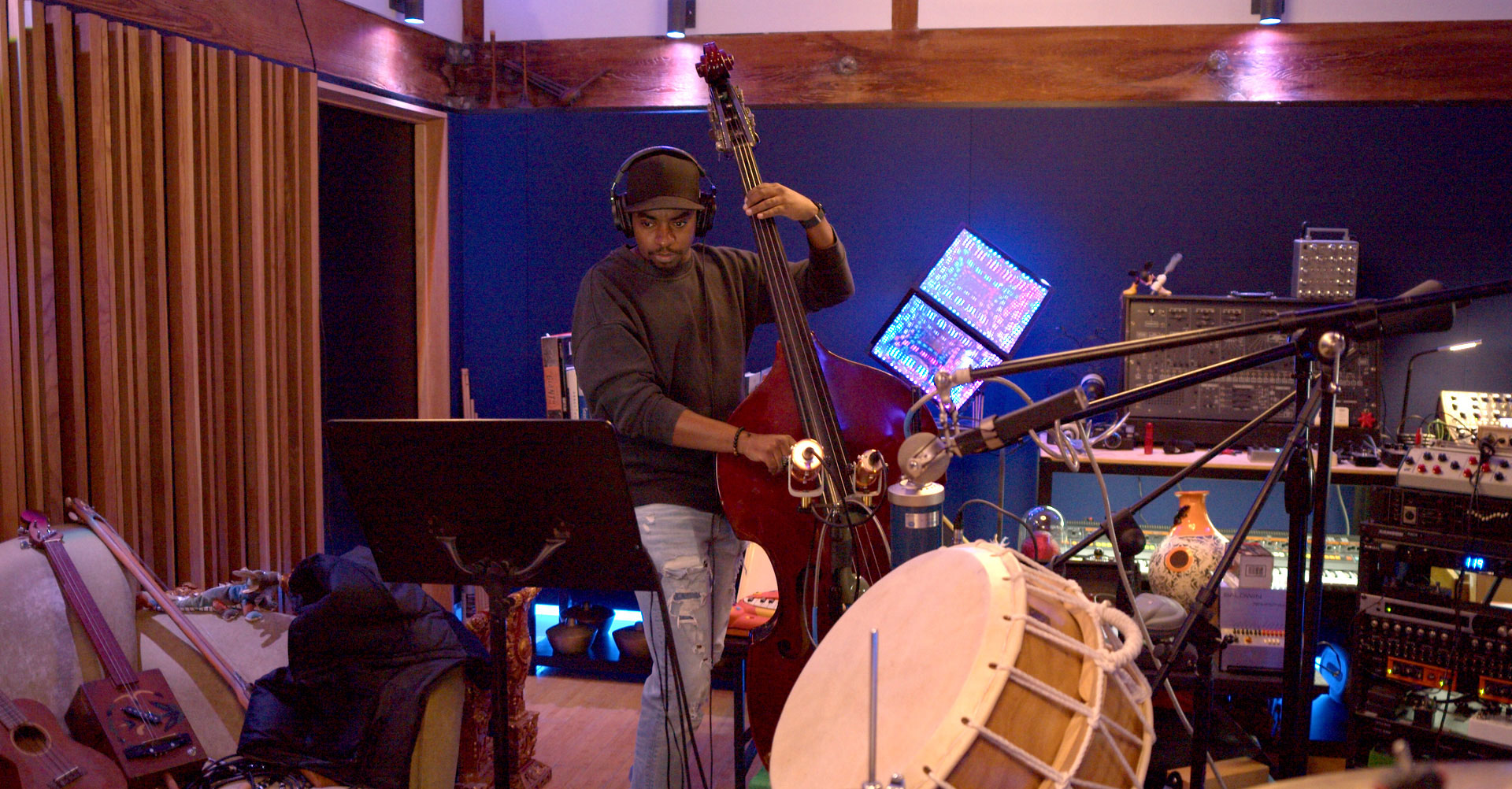 Q) Could you explain how much input you had from the game and art directors, or even Lucasfilm and Disney, when setting the acoustic aesthetic of those environments for which there is no established precedent? How do you set about turning their visions for these new worlds into a reality, and how much back and forth is there with audio director Simon Koudriavtsev on a project like this to reach the end goal?
Q) Could you explain how much input you had from the game and art directors, or even Lucasfilm and Disney, when setting the acoustic aesthetic of those environments for which there is no established precedent? How do you set about turning their visions for these new worlds into a reality, and how much back and forth is there with audio director Simon Koudriavtsev on a project like this to reach the end goal?
CODY: The most rewarding part of this project was the creative trust and healthy communication across the various teams – Lucasfilm, Ubisoft, Massive, Simon, and myself. While we were encouraged to explore new creative worlds, when my demo ideas became a bit too “out there” Massive’s audio director Simon Koudriavtsev was my North Star, reeling me in and giving the perfect guidance to ground the music back in the reality of Star Wars Outlaws.
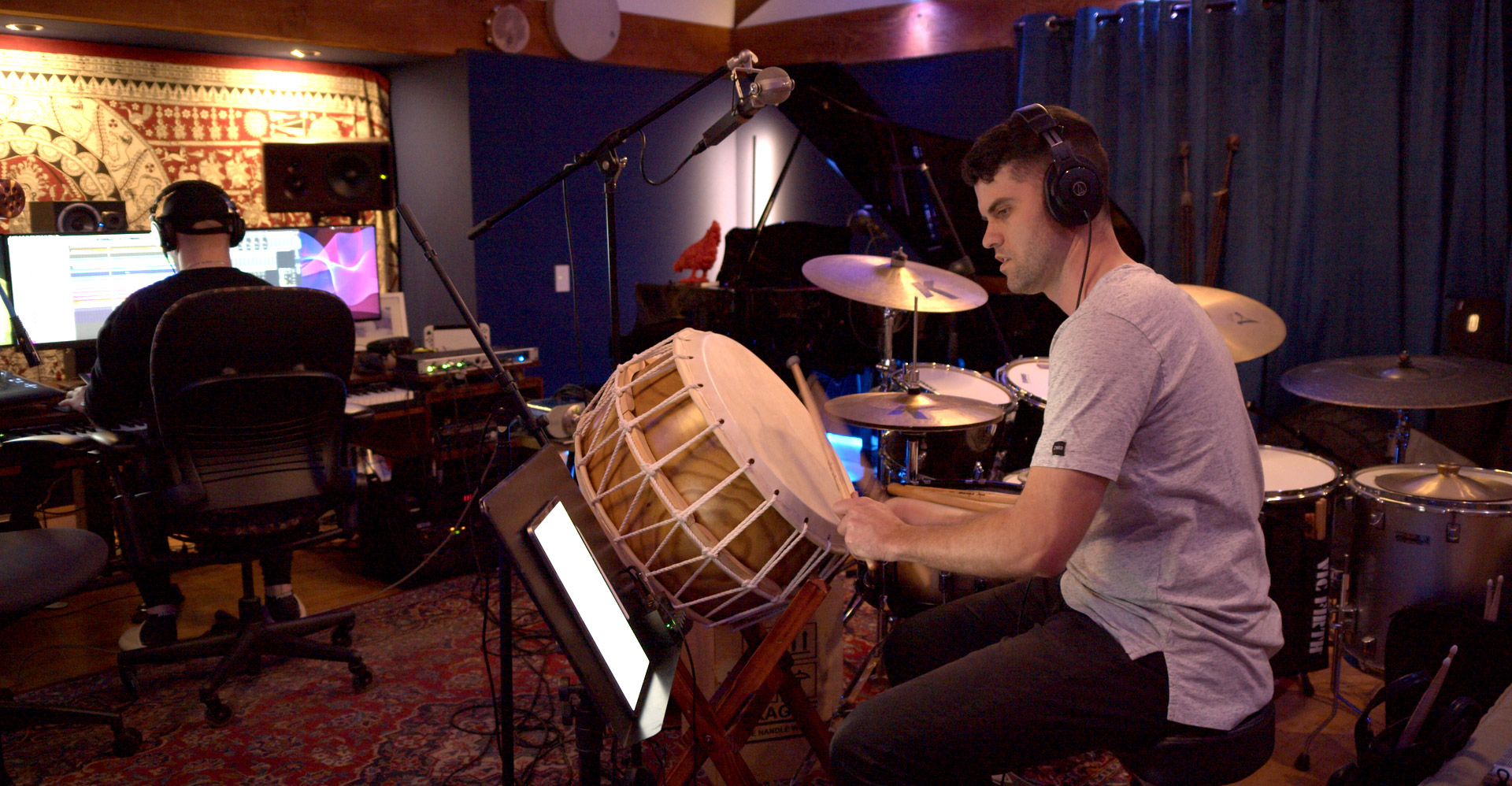 Q) Just thinking about the practical aspects, how was your music created? I am imagining a mix of synths and sampled instruments early on and then bringing more and more live elements into the mix as the album evolved, but how did it actually come together? Would you like to give any shout outs to any musicians, mixers or arrangers that were a part of the process?
Q) Just thinking about the practical aspects, how was your music created? I am imagining a mix of synths and sampled instruments early on and then bringing more and more live elements into the mix as the album evolved, but how did it actually come together? Would you like to give any shout outs to any musicians, mixers or arrangers that were a part of the process?
CODY: Songs of the Underworld – Original Music from Star Wars Outlaws was not only a party to create but also a family affair. Every tool in the production kit was tapped to create unique sounds for each song and world – synths, sampled instruments, custom creative digital instruments, hardware synths and drum machines, and likely every plugin on my machine. We designed these instruments in the box for demo purposes, but then when we went to record, we had to “de-engineer” them to then “re-engineer” them with the instruments and musicians we had access to and wanted to work with. And of course none of the in-world fictional instruments were composed with their real-world instrument elements in mind idiomatically, so it was quite a challenge for some of our musicians to perform the parts for some of the songs.
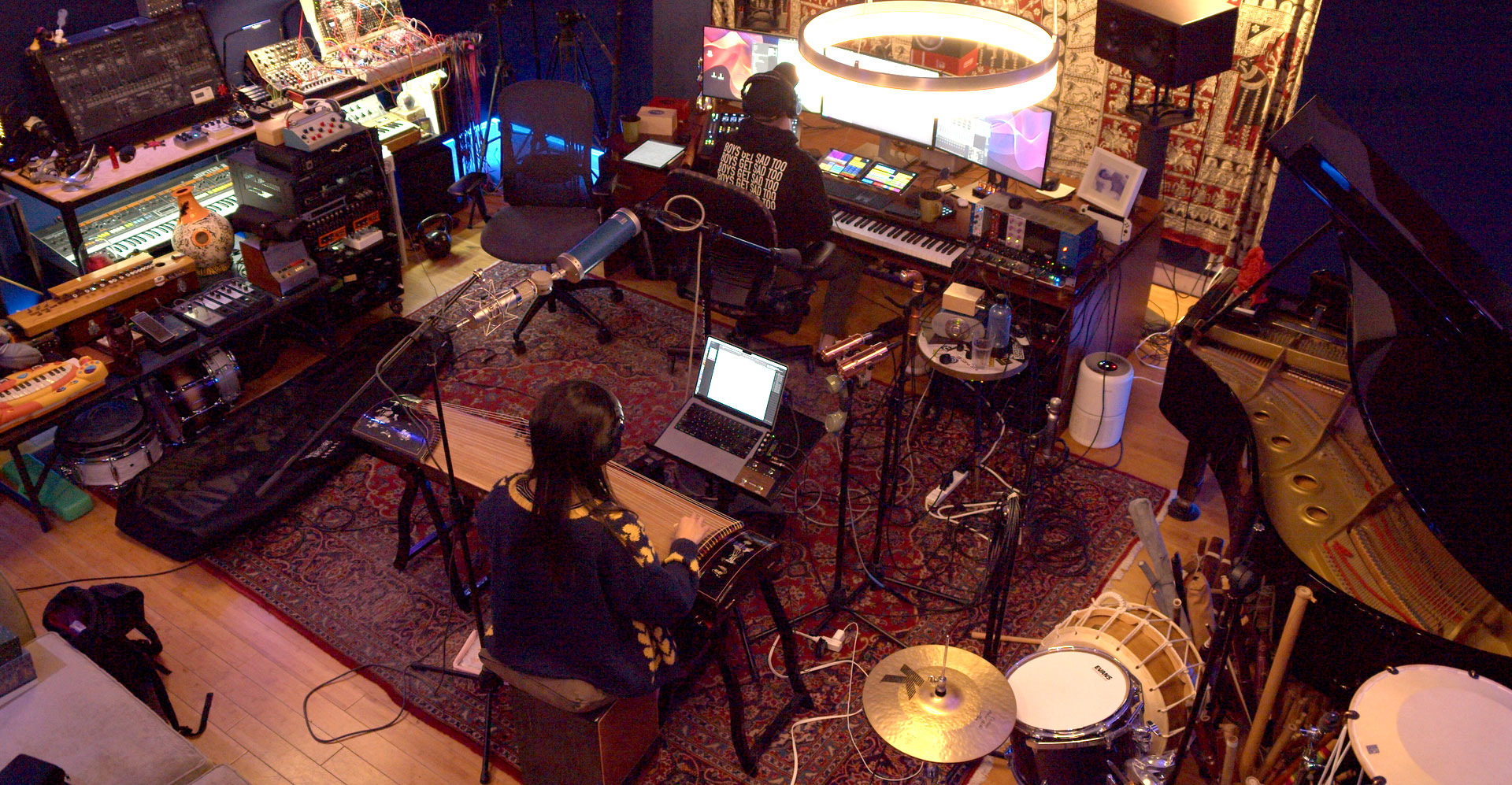 Specifically, I want to give a shoutout to my right hand on the project, Dylan Love, who helped me design and produce most of the sounds for the music. Nate Rich and Jeff Penny, who painstakingly notated in-game music for real world instruments – quite the challenge to find the best way to notate and adapt play styles. Alec Justice, who has worked with me for about 8 years now, who mixed the music and mastered it for in-game use.
Specifically, I want to give a shoutout to my right hand on the project, Dylan Love, who helped me design and produce most of the sounds for the music. Nate Rich and Jeff Penny, who painstakingly notated in-game music for real world instruments – quite the challenge to find the best way to notate and adapt play styles. Alec Justice, who has worked with me for about 8 years now, who mixed the music and mastered it for in-game use.
I was so privileged to get to bring on Emily Hopkins, the legendary guitar pedal harpist, Eddie Ewi, the viral “Bloopin’” frog music modular synthesizer Ewi musician, Charlie Robbins, the virtuosic guitarist of Syncatto, Gabriela Carrillo, the insanely talented singer who’s currently starring in Six on Broadway, and so many more!
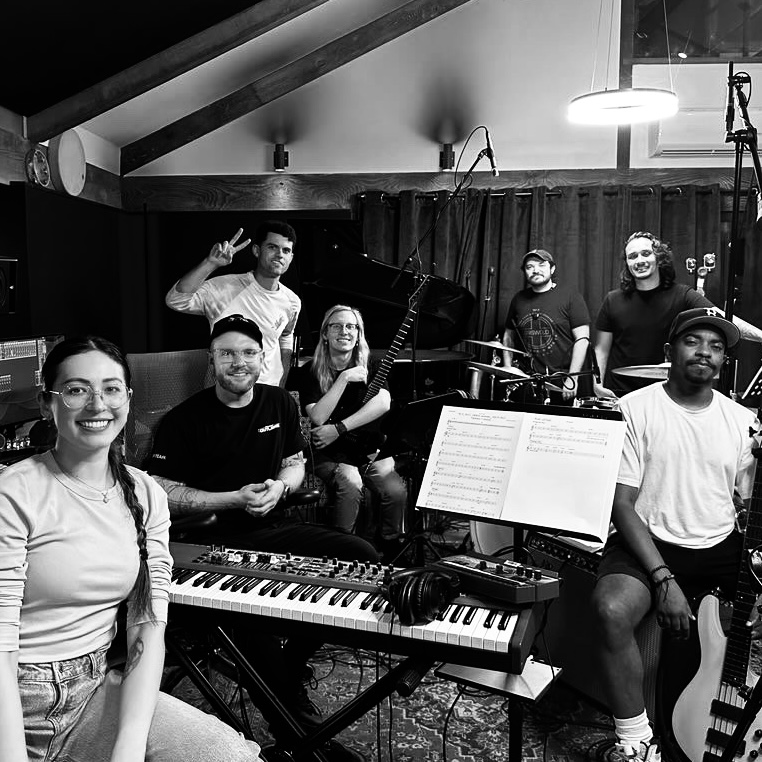
Q) When you’re composing, at what stage are effects becoming a part of the process? Are you bringing effects like reverbs, delays, and so on into the mix early so they are a part of the sound, or does it mainly come towards the end during the mix? Do you have any effects other than reverbs that are a signature part of the sound?
CODY: This is a great question – depending on the track, creative effects can be a foundational element of the sound itself, which was often the case in Star Wars Outlaws where I would be building a chain, bouncing in place, resampling, and building new sounds and instruments as I go, but we’re also taking into consideration that this music needed to feel like a band, so creative effects like reverb and delay are always used in the post-production/mix for two reasons: first to glue the elements together in a space, but also to test how the track will sound in a bar, cantina, coming out of a jukebox, or a band playing on stage in-game.
Q) Which LiquidSonics reverbs have you been using, and do you have any favorite presets that you like to lean on frequently?
CODY: I lean very heavily on Cinematic Rooms Professional for my overall room sound – at any given time I have 10-20 instances of Cinematic Rooms Professional instantiated across my template. Seventh Heaven Professional is also the perfect elevation to make a sound huge and dramatic. I’m reaching for these two “everyday” – I put everyday in quotes because I quite literally have a plugin folder in Logic titled “>> everyday” and Cinematic Rooms Professional and Seventh Heaven Professional are both in there for fast access because I know they will always sound great and leave me near infinite options for customization to craft the sound exactly how I want, or to discover something entirely new.
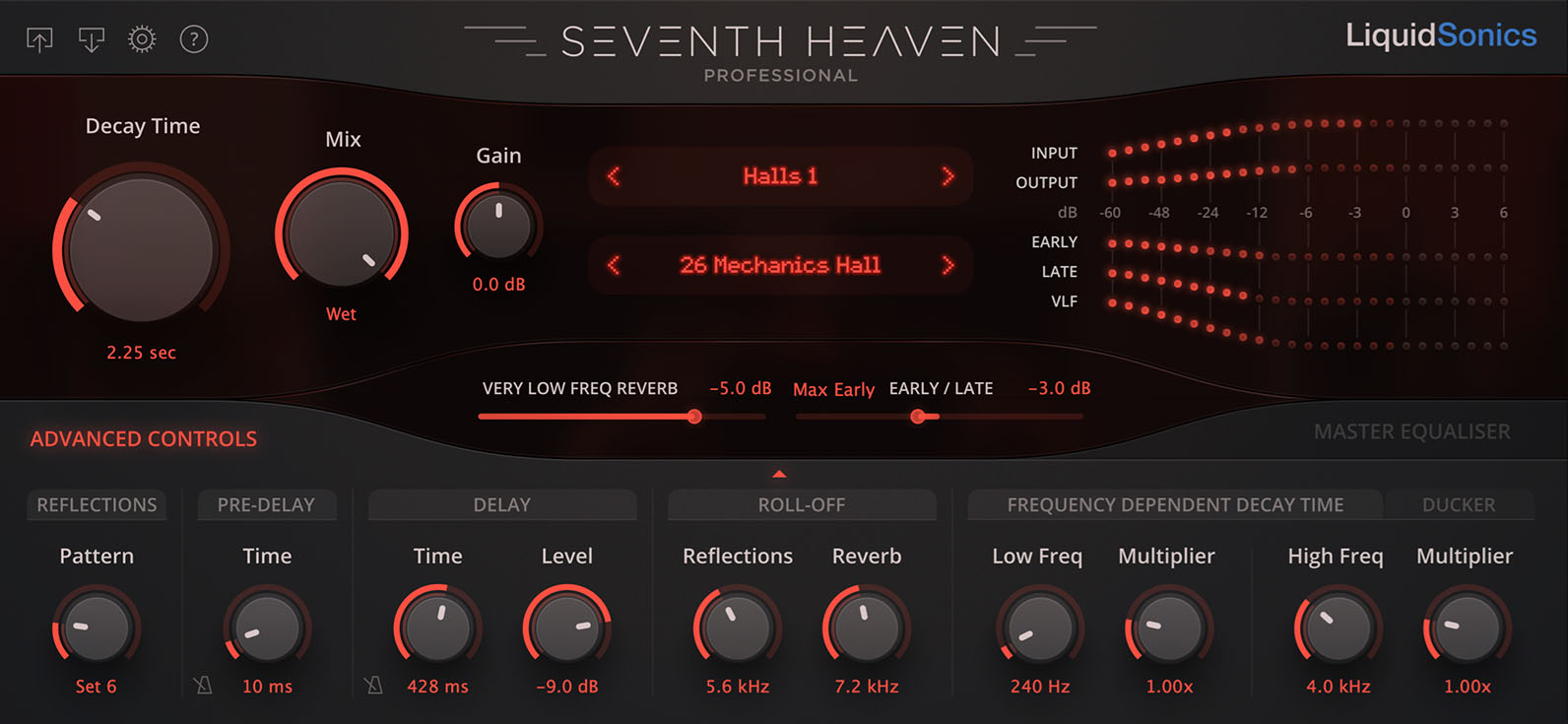
Q) A lot of games these days including Outlaws support Dolby Atmos for multi-channel and object-based audio. Do you make considerations for this early on in the process, or is that something that gets taken care of at a later phase? In film and TV it’s often brought into the tightest focus on the dub stage, but in a dynamic games environment of course the final mix of dialog, effects and music has to be accomplished in-game – so how do you take care of matters like getting the best mix for the music now that we are bringing high channel count surround into the equation?
CODY: First, let me say the mix for Star Wars Outlaws is wildly impressive – Simon Koudriavtsev, the audio director, and his team at Massive did such an incredible job on this mix. I know how tirelessly they worked on it and it could not translate better through every channel format you can play in.
Multi-channel and object-based audio is certainly considered from each stage – depending on your technology, there’s always a limited number of objects and knowing how the asset you’re responsible for fits into that hierarchy is important. For the music, my goal was first to write the best track possible for narrative and immersive translation and then discuss with the team how to adapt any elements to fit into the overall mix and how the music was to be implemented.
I like low end and loud music (:devious smile emoji:) but that is not always a blessing when doing in-game mixing, especially when the music needs to be pumped through a simulated jukebox or cantina/club sound system and then also consider propagation and occlusion of the sound. File delivery is where we gave careful consideration to the mix, often separating the most transient, low end heavy, and louder elements on their own stems so those could be carefully mixed in-engine for the best-sounding implementation possible.
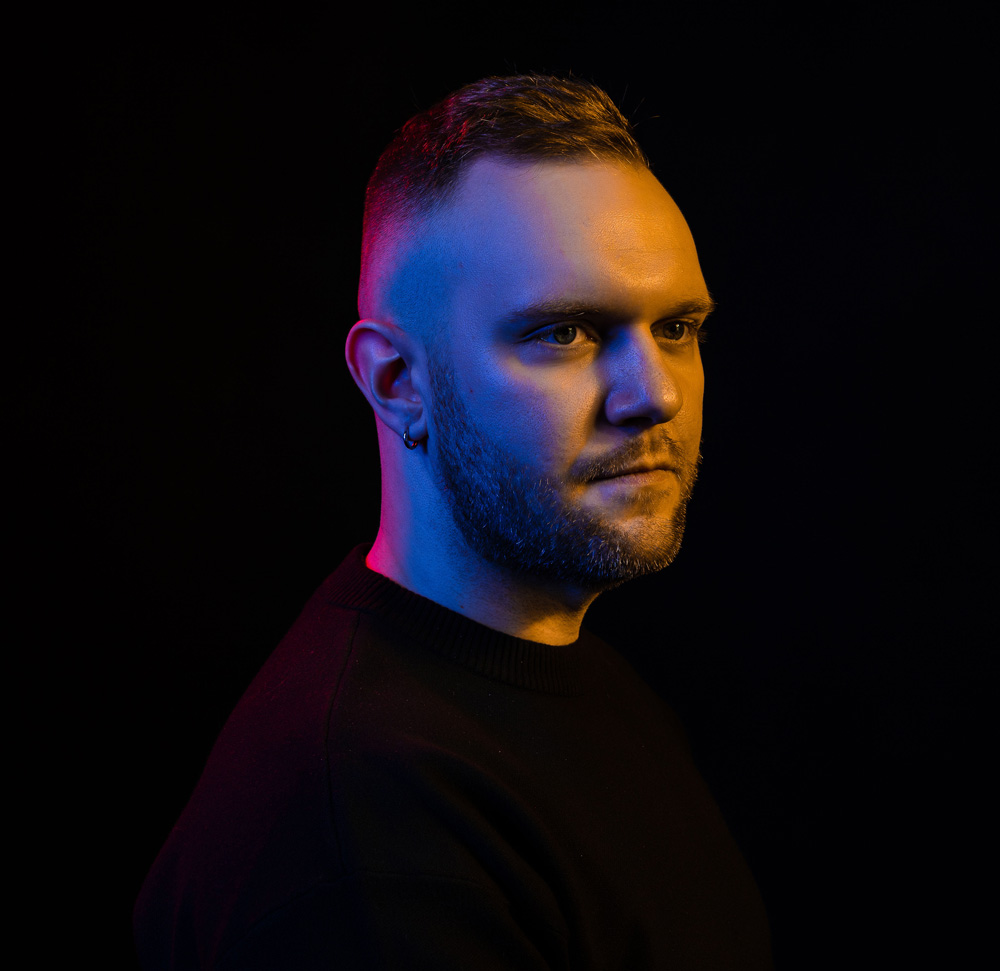
Q) So where do you go from here? Creatively what would you like to explore next, whether that be in video games or other media?
CODY: I’d like to take a vacation, but getting to work on music everyday feels like a vacation most days anyway! I love video games – I don’t think I’ve said everything I have to say through gaming, I think I’ll always be here exploring, aiming to innovate, and push myself creatively.
That said, creativity is wide reaching and I’m always looking to grow – I wouldn’t mind returning to linear media part time and bring all of the narrative and immersive musical knowledge from games with me. Though, I’m not sure what could top writing music for the Star Wars game I’ve always wanted to play but that won’t stop me – I’m not retiring anytime soon!
Q) Any advice for the aspiring composer that loves video games? I’ve thought for years that the games market is quite unique as it has an unusually wide variety of opportunities ranging from those with the indies working on their own concepts without much funding right up to the well-established studios like Massive Entertainment (owned by Ubisoft) that get to take on established IPs with large budgets – so there’s really something here for composers at all stages of their career. But how do you get your music heard by the right people today so you can secure that all important first credit and start making your way up the ladder?
CODY: Gaming is such an incredibly supportive industry – from my experience much more so than other similar entertainment verticals. My advice is to show up. The majority of our industry will accept you for who you are and where you are – we will appreciate your talents and help you refine them and grow. Showing up is joining guilds, alliances, and attending the conferences you can, like GDC, Devcom, Gamescom, PAX, GameSoundCon, but it’s also showing up online to join conversations on forums, reaching out to people not for opportunities but because you have an insatiable appreciation for their craft. Ask for help, ask for advice, offer help when its needed and warranted, contribute to the well-being of our community and support your colleagues and contemporaries. Become a part of our community!
And of course eventually you have to be great at your craft, but that refines at the same time as you showing up.
Image credits: Cody Matthew Johnson; Ubisoft; Lucasfilm Ltd.

